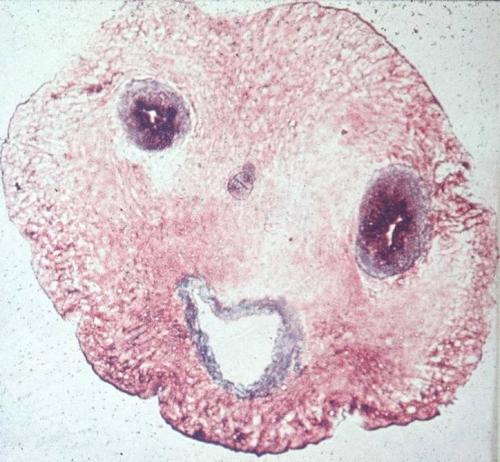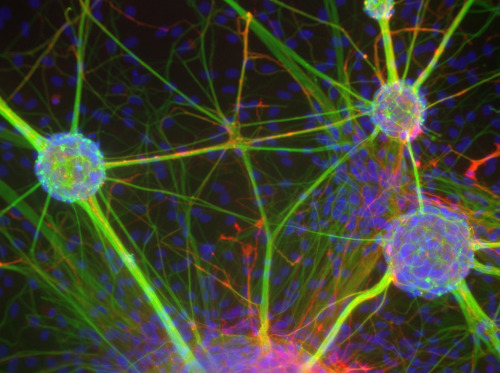Без комментариев... :) Читаем на scientificblogging.com/news_releases/honeybees_cocaine
Since its discovery in the 18th century, cocaine has been a scourge of western society. Strongly stimulating human reward centers in low doses, cocaine is extremely addictive and can be fatal in high doses.
But this potent compound did not evolve to ensnare humans in addiction, it is a powerful insect neurotoxin, protecting coca bushes from munching insects - without rewarding them.
Knowing that foraging honey bees are strongly motivated by rewards (they dance in response to the discovery of a rewarding nectar or pollen supply) and that this behavior is controlled by similar mechanisms to the ones that leave humans vulnerable to cocaine addiction, Andrew Barron from Macquarie University, Australia and Gene Robinson from the University of Illinois at Urbana-Champaign wondered whether bees may be vulnerable to cocaine's allure at the right dose.
Teaming up with Ryszard Maleszka at the Australian National University, Barron set about testing how honeybees respond to cocaine. They publish their results on 26th December 2008 in The Journal of Experimental Biology.
Setting up his hives on a farm just outside Canberra, Barron trained the insects to visit a feeder stocked with a sugar solution. Then he gently applied a tiny drop of cocaine solution to the insect's back, and waited to see how enthusiastically the foraging insects danced when returning to the hive.
Amazingly, low doses of the drug stimulated the insects to dance extremely vigorously. They behaved as if the sucrose solution was of a much higher quality than it really was. The cocaine seemed to be hitting the insects' reward centers, but were they really responding to the drug like humans or was the drug stimulating some other aspect of the insects' behavior to look as if they were becoming addicted?
Working with a team of undergraduate students, Barron tested whether cocaine stimulated the insects' locomotion centers by monitoring their movements after a dose of the drug. The insects behaved normally, so the drug probably doesn't affect their movements. However, when Paul Helliwell tested the bees' sensitivity to sugar solutions, the drugged bees responded more strongly than the undrugged insects, so cocaine was increasing their sugar sensitivity.
But was it only increasing their sensitivity to sugar, or increasing their response to all rewards? Barron offered the drugged insects pollen to see if cocaine increased their sensitivity to other floral rewards and found that the foragers were equally overenthusiastic, dancing as if the pollen quality was much better than it really was.
Finally Barron and Helliwell wondered whether bees that had been on cocaine for a few days had become dependent and went into withdrawal when the drug was withheld. Testing the insects' ability to learn to distinguish between lemon and vanilla scents, they found that the bees were fine so long as their cocaine supply was maintained. But as soon as the drug was withdrawn the bees had difficulty learning the task, just like humans going into withdrawal.
Barron is confident that honeybees are as susceptible to cocaine's allure as humans, and is keen to find out more about the drug's effects. He hopes to identify the neural pathways that it targets to find out more about the mechanisms involved in human addiction and to find out whether the drug has as devastating an effect on honey bee society as it does on human society.
24.12.2008
Пчёлки любят кокс?!
Подписаться на:
Комментарии к сообщению (Atom)











0 +:
Dí lo que piensas...